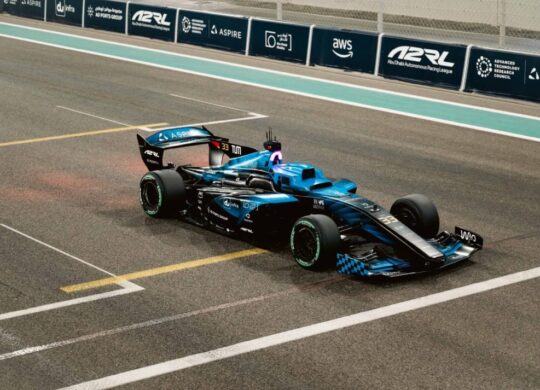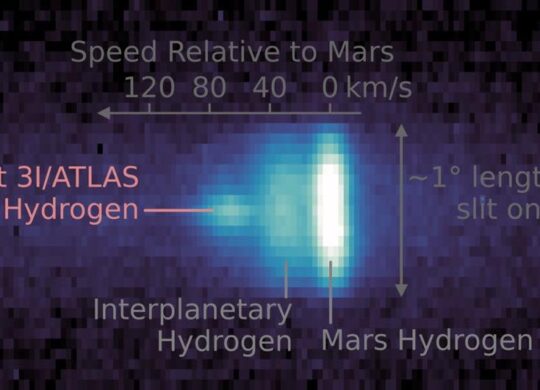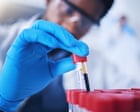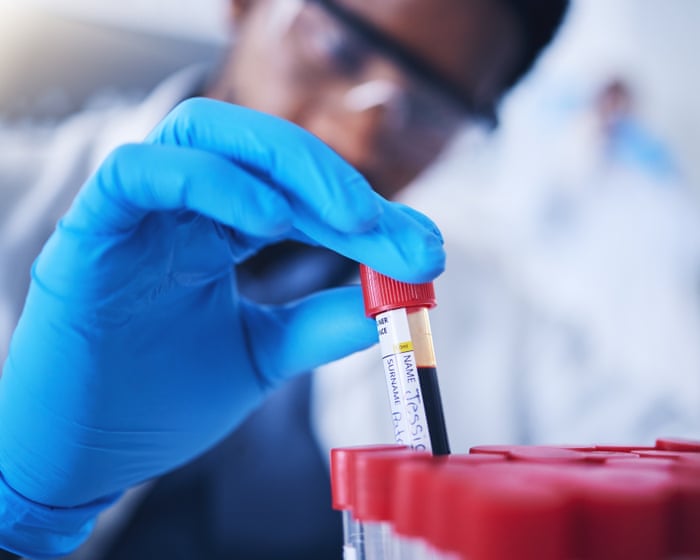Physics Around the Clock: Adventures in the Science of Everyday Living
By Michael Banks
Why do Cheerios tend to stick together while floating in a bowl of milk? Why does a runner’s ponytail swing side to side? These might not be the most pressing questions in physics, but getting to the answers is both fun and provides insights into important scientific concepts. These are just two examples of everyday physics that Physics World news editor Michael Banks explores in his book Physics Around the Clock, which begins with the physics (and chemistry) of your morning coffee and ends with a formula for predicting the winner of those cookery competitions that are mainstays of evening television. Hamish Johnston
Quantum 2.0: the Past, Present and Future of Quantum Physics
By Paul Davies
You might wonder why the world needs yet another book about quantum mechanics, but for physicists there’s no better guide than Paul Davies. Based for the last two decades at Arizona State University in the US, in Quantum 2.0 Davies tackles the basics of quantum physics – along with its mysteries, applications and philosophical implications – with great clarity and insight. The book ends with truly strange topics such as quantum Cheshire cats and delayed-choice quantum erasers – see if you prefer his descriptions to those we’ve attempted in Physics World this year. Matin Durrani
Can You Get Music on the Moon? the Amazing Science of Sound and Space
By Sheila Kanani, illustrated by Liz Kay
Why do dogs bark but wolves howl? How do stars “sing”? Why does thunder rumble? This delightful, fact-filled children’s book answers these questions and many more, taking readers on an adventure through sound and space. Written by planetary scientist Sheila Kanani and illustrated by Liz Kay, Can you get Music on the Moon? reveals not only how sound is produced but why it can make us feel certain things. Each of the 100 or so pages brims with charming illustrations that illuminate the many ways that sound is all around us. Michael Banks
A Short History of Nearly Everything 2.0
By Bill Bryson
Alongside books such as Stephen Hawking’s A Brief History of Time and Carl Sagan’s Cosmos, British-American author Bill Bryson’s A Short History of Nearly Everything is one of the bestselling popular-science books of the last 50 years. First published in 2003, the book became a fan favourite of readers across the world and across disciplines as Bryson wove together a clear and humorous narrative of our universe. Now, 22 years later, he has released an updated and revised volume – A Short History of Nearly Everything 2.0 – that covers major updates in science from the past two decades. This includes the discovery of the Higgs boson and the latest on dark-matter research. The new edition is still imbued with all the wit and wisdom of the original, making it the perfect Christmas present for scientists and anyone else curious about the world around us. Tushna Commissariat
The post Breakfast physics, delving into quantum 2.0, the science of sound, an update to everything: micro reviews of recent books appeared first on Physics World.
























